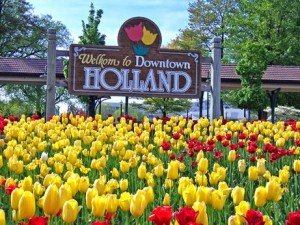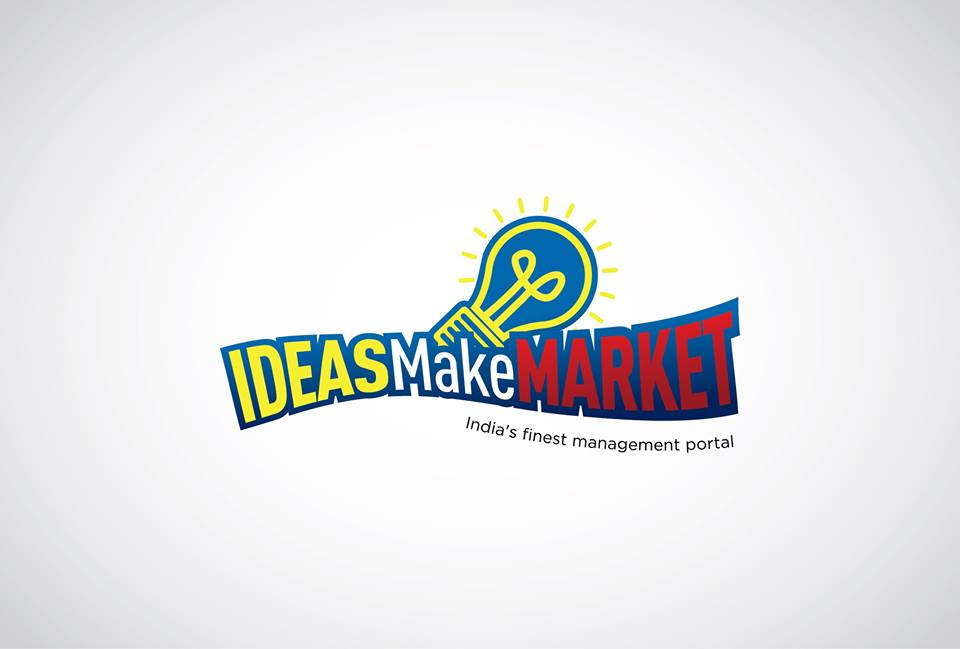
You might like reading:

Capital Gains – when and to what extent are they exempt from tax
The Income-tax Act grants total/partial exemption of capital gains under section 54, 54B, 54D, 54EC, 54F, 54G, 54GA and 54H. It is possible to avail of multiple exemptions under these sections. However, the aggregate amount of exemption cannot exceed the quantum of capital gain. In this article I shall be explaining exemption of capital gains under section 54, 54EC & […]

Business Article Writing Challenge Season 2
The competition provides an opportunity to write on one of the finest business portals in India. Topics The article must cater to one of the following topics: 1. Make in India or Make for India? 2. Is this China’s century? 3. Russian Rouble crisis – How to solve it? 4. Global energy prices – Will it fuel growth? 5. Smart […]






























